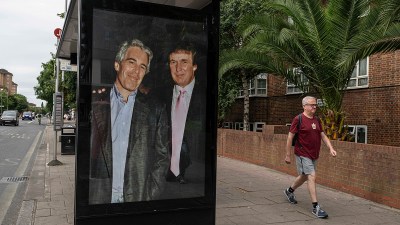Stay updated with the latest - Click here to follow us on Instagram
Herbivores in Telangana zoos being translocated to improve prey base for predators in tiger reserves
The forest department has translocated 30 spotted deer, 6 peafowls, and 13 sambars over the last three months from the Nehru zoological park in Hyderabad and Kakatiya zoo park in Hanamkonda to Eturnagaram wildlife sanctuary and Amrabad tiger reserve, respectively.
 Earlier, Jadhav had said that there were 99 spotted deer in the facility, and 15 died between July 7 and 12.
(File Photo)
Earlier, Jadhav had said that there were 99 spotted deer in the facility, and 15 died between July 7 and 12.
(File Photo) The Telangana forest department has begun a process of improving the prey base for predators in their natural habitats by translocating wild herbivores present in exceedingly large numbers at the state zoo parks and national parks.
Spotted deer released in Pakhal Wildlife Sanctuary duly following the protocols …Warangal District, Telangana. pic.twitter.com/J6HjaSkOJe
— R. M. Dobriyal , IFS (@dobriyalrm) February 7, 2023
On Tuesday, the department informed that it has translocated 30 spotted deer, 6 peafowls, and 13 sambars over the last three months from the Nehru zoological park in Hyderabad and Kakatiya zoo park in Hanamkonda to Eturnagaram wildlife sanctuary and Amrabad tiger reserve, respectively. Further, the translocation of another 400 spotted deer from the Nehru zoo park and Mahavir Harina Vanasthali national park to tiger reserves is in the pipeline till the end of March.
The department had noticed that various reserved forest areas such as Amrabad tiger reserve, Kawal tiger reserve, Kinnerasani wildlife sanctuary, Eturnagaram wildlife sanctuary, and Pakhal wildlife Sanctuary where the movement of tiger, panther, and other wild predators is seen, have comparatively low prey base and need strengthening.
On the other hand, the population of wild herbivores has been rapidly increasing at the three zoo parks in Hyderabad, Hanamkonda, and Mahaboobnagar as well as in the deer parks at Shamirpet, Kinnerasani, and LMD Karimnagar. While managing their population became a task, the officials decided to invoke Section – 12 (bb) of the Wildlife (Protection) Act, 1972 which empowered the chief wildlife warden to translocate excess animals for the scientific management of the population.
Wild herbivores such as spotted deer, sambar, nilgai, and black buck are being captured and translocated to the natural habitats to strengthen the prey base for predators like the tiger. According to the department, all such herbivores are checked for communicable diseases, and worms in the stomach, and administered vaccines a week before translocation.
They are captured in a contactless manner through the kraal method and also transported to release sites during night hours to avoid hot weather. The release sites are identified by local staff to ensure plenty of green grass and water availability throughout the year. The released animals are also monitored by the local staff for three months till they mingle with the existing population. “The entire translocation process is done with due care and casualties during the process is less than 3 per cent,” an official statement said.







